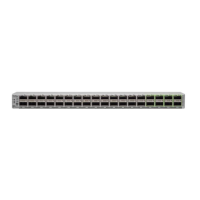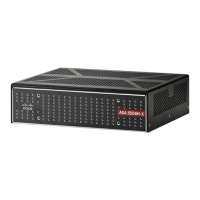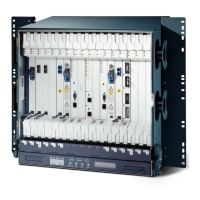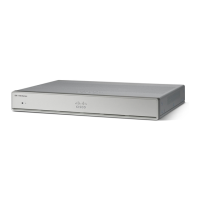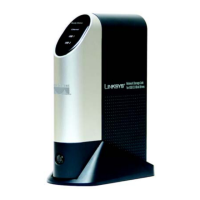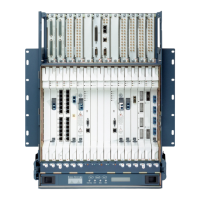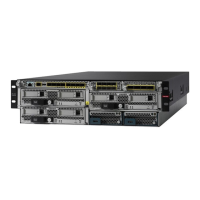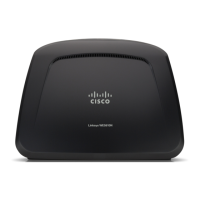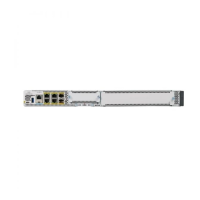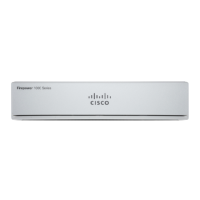The 4x1 Reverse Configuration Module (RCM) with auxiliary
reverse RF injection combines all four reverse RF inputs (Ports 1, 2/3,
4, and 5/6) of the node and routes the signal to Transmitter 1. An RF
signal from an external source can optionally be injected and coupled
with the reverse RF inputs on Ports 3/6 and routed to Transmitter 1.
The 4x1 Redundant Reverse Configuration Module combines all four
reverse RF signals (Ports 1, 2/3, 4 and 5/6) together, splits this RF
signal and routes it to Transmitters 1 and 2.
The 4x2 Reverse Configuration Module with auxiliary reverse RF
injection combines reverse inputs from Ports 1 and 2/3 and routes
them to Transmitter 1; it also combines reverse inputs from Ports 4
and 5/6 and routes them to Transmitter 3. An RF signal from an
external source can optionally be injected and coupled with reverse RF
inputs from Ports 3/6 and routed to Transmitter 1.
The 4x2 Redundant Reverse Configuration Module combines reverse
inputs from Ports 1 and 2/3 and routes them to Transmitters 1 and 2;
it also combines reverse inputs from Ports 4 and 5/6 and routes them
to Transmitters 3 and 4.
The 4x3 Reverse Configuration Module with auxiliary reverse RF
injection is available in two types. The
left-combined/right-segmented version combines reverse inputs from
Ports 1 and 2/3 and routes them to Transmitter 1; it also routes reverse
inputs from Port 4 to Transmitter 3 and from Ports 5/6 to Transmitter
4. An RF signal from an external source can optionally be injected at
Ports 3/6 and coupled with the reverse RF input from Port 1 and
routed to Transmitter 1. The left-segmented/right-combined version
combines reverse inputs from Ports 4 and 5/6 and routes them to
Transmitter 4; it also routes reverse inputs from Port 1 to Transmitter 1
and from Ports 2/3 to Transmitter 2. An RF signal from an external
source can optionally be injected at Ports 3/6 and coupled with the
reverse RF inputs from Ports 2/3 and 1 and routed to Transmitter 1.
